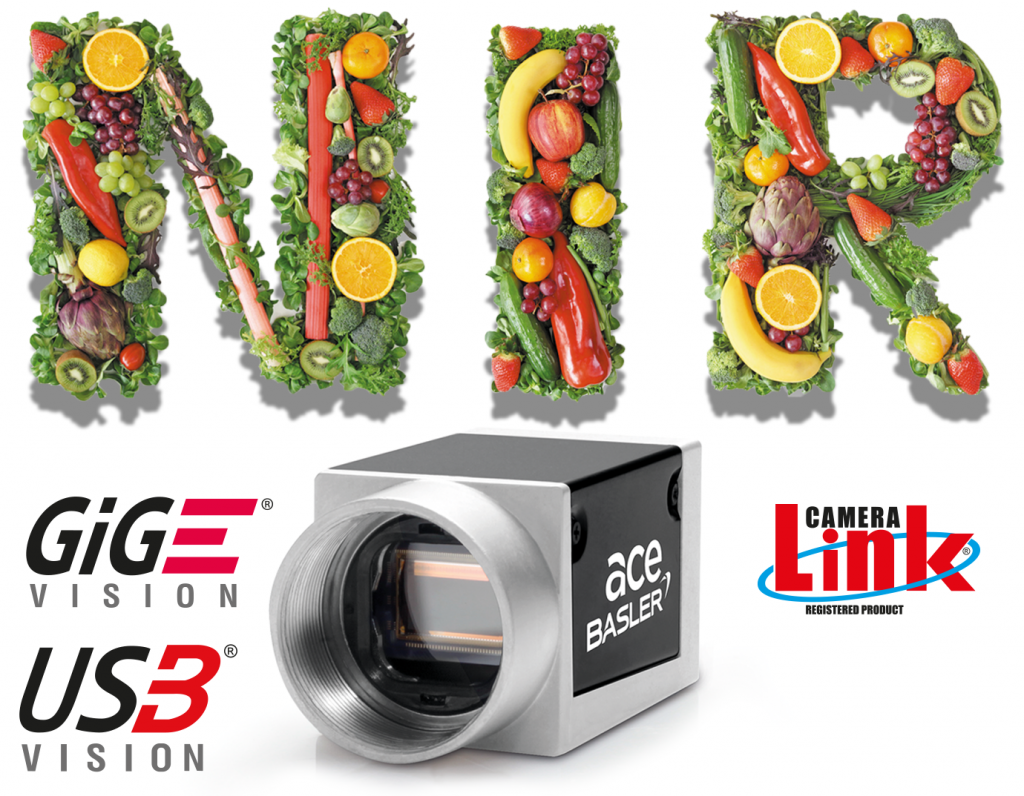This article was originally published at Basler's website. It is reprinted here with the permission of Basler.
What is unique about NIR Cameras?
“Near-infrared” (NIR) is the portion of the electromagnetic spectrum directly adjacent to the visible range; therefore it cannot be perceived with the human eye. NIR-optimized industrial cameras are popular for applications that need to utilize this wavelength range, e.g. applications with poor light conditions, such as traffic monitoring. Until now, these applications were only possible with infrared cameras with expensive CCD sensors.
Now, new CMOS technology can do the job, providing sensors with increased sensitivity in the near-infrared range over 850 nm. It achieves this through the application of a thicker substrate layer (as compared to a monochrome sensor) for the visible spectral range. The new CMOS technology has made NIR optimization affordable, through a line of industrial cameras with excellent sensitivity in the near-infrared, which in turn has boosted their share on the machine vision market.
The NIR-optimized cameras with NIR-optimized 2 MP (CMV2000) and 4 MP (CMV4000) sensors from CMOSIS, or the 1.3 MP sensor (EV76C661) from e2V, still manage quantum efficiencies close to 40% in the 850nm range. Compared to non-NIR-optimized cameras, this represents a doubling of the sensitivity value at this wavelength.
Do I need an NIR camera for my application?
Some application fields and inspection solutions require NIR for high wavelengths as well as for normal lighting, to record high-contrast images. Standard industrial cameras quickly reach their limits in that particular scenario, since they require very good lighting conditions to capture useable images. Setting up these light solutions adds tremendous cost and complexity, which in turn leads to rising system costs and deterioration of the price/performance ratio. Industrial cameras with NIR-optimized sensors greatly simplify life for manufacturers facing inspection tasks of this type.
Typical application examples are traffic monitoring installations that need to work in poor lighting conditions and at night, fruit and vegetable inspections to detect damaged spots using location-sensing spectroscopy, and the inspection of solar wafers through electro-luminescence.
 Some advantages of cameras with NIR sensors are:
Some advantages of cameras with NIR sensors are:
- Very good sensitivity in the infrared range
- High contrast in many difficult illumination situations
- High contrast due to special spectral characteristics of many inspection objects
- Favourable price compared to CCD cameras
- Proven production process and high quality
The Basler Camera Selector
The Basler Camera Selector provides you with an overview of all Basler area scan and line scan cameras. This tool determines the right cameras for your needs based on a variety of criteria, including sensor technology, resolution and optical dimensions.


